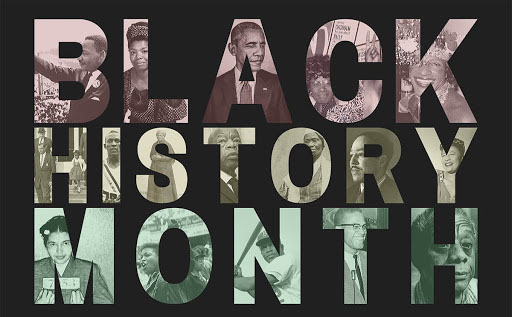(Originally ran in Sunday February 28, 2021 editions of Louisiana’s Gannett Newspapers)
“Jesus loves the little children,
All the children of the world,
Red and yellow, black and white
They are precious in his sight.
Jesus loves the little children of the world.”
Black History Month began in 1970, something we pre-teens in rural American knew not one thing about.
History—black and white—was in fact happening all around us. And we didn’t realize that either. Not really.
In the rural South then, integration came a year later. I remember hearing the word “integrate” and, once it was explained, I was pretty much looking forward to it. This meant friends like Zeke and Alfonza and Johnnie Brown and Farmer Blue, kids I played with all year and worked with in the summers but didn’t go to school with, would now be around all the time. At school.
Recess was about to get kicked up a notch.
Not until much later did we kids find out about all the fretting going on in the Grownup World. The possibility of racial trouble and who knows what else.
Ignorance in my world was bliss, I suppose.
The world was color blind to me then. But I doubt it was to Zeke and Johnnie. Maybe they were worried and maybe their parents were. My town, I found out much later, had its share of racism.
But in 1971, I can’t remember a single problem caused by integration. At least one thing was just the opposite, and that was back-to-back state football championships; we were much better together than apart.
Fifty years removed from that time, I wonder how my teachers who were black felt about white children invading the classroom. Maybe I missed something but I never felt they held my color against me, even if they had a right to.
Miss Felder was my homeroom teacher and my social studies teacher. What was homeroom for her like, that first day of black and white children being in the same classroom? In her classroom? Seemed great for us sixth graders, so Miss Felder must have done just the right things to make it that way. Set a tone and all.
On June 1, 1972, she signed (and dated) my yearbook: “Teddy, The road to success is a hard one, so study hard and things will come easy. I’ve enjoyed you as a student and hope you continue to be successful. Good luck in the future. Miss Felder”
“She hopes I continue to be successful? I’m 11!” I knew the multiplication tables, how to drive a tractor, and how to throw a baseball. What success had I had? But hey, if Miss Felder says it, maybe she has faith in me. Plus she drew like a little cloud around her inscription.
It’s the little things.
Mr. Anderson in chemistry. Mr. Jones in physics. Mrs. Johnson, our librarian. Mr. Roosevelt, the school’s custodian and fix-it man. Gentle souls toward us students, every one.
Mr. Leroy Williams was the best. He taught science and built something he billed as the only “Zero Eraser” in the world, a big piece of plywood with metal dots on it. From the metal dots hung index cards with answers on them. He asked you a question and handed you a rod and if you touched the rod on the right answer, a light by the card would go off.
Goodbye to that ugly Zero you’d earned earlier by missing a homework question or by misplaying a pop quiz.
One day he took off his glasses and rubbed the bridge of his nose with his eyes closed while he tried to explain that matter is neither created nor destroyed. “Everything you see on this Earth or ever will see comes from something the Good Lord created,” he said.
Always wore a tie. Great teacher. Patience of Job, wise, and sneaky funny. I loved him.
They were better teachers by a long shot than I was a student. They taught me black history too; I just didn’t know it or appreciate it at the time.
-30-
